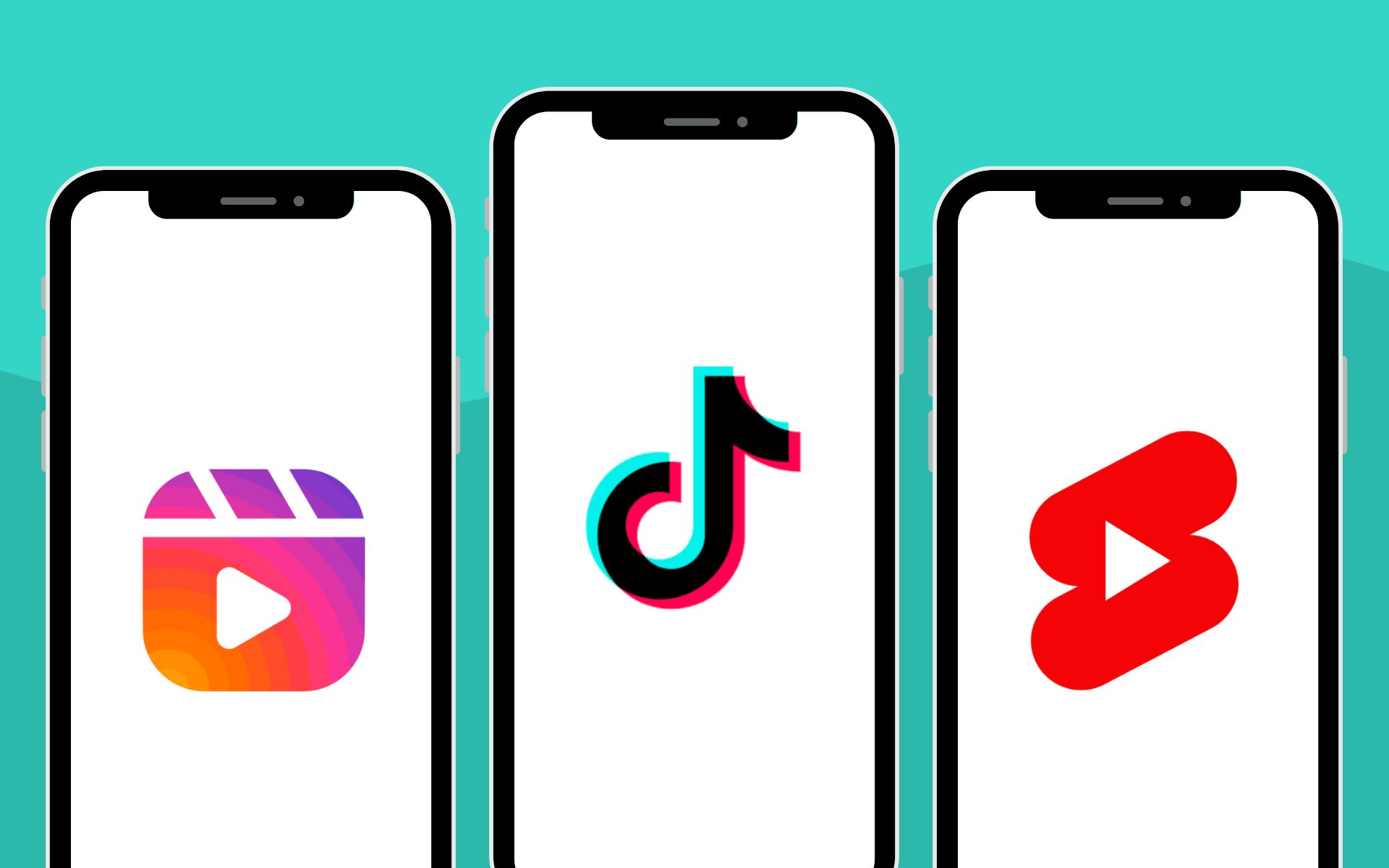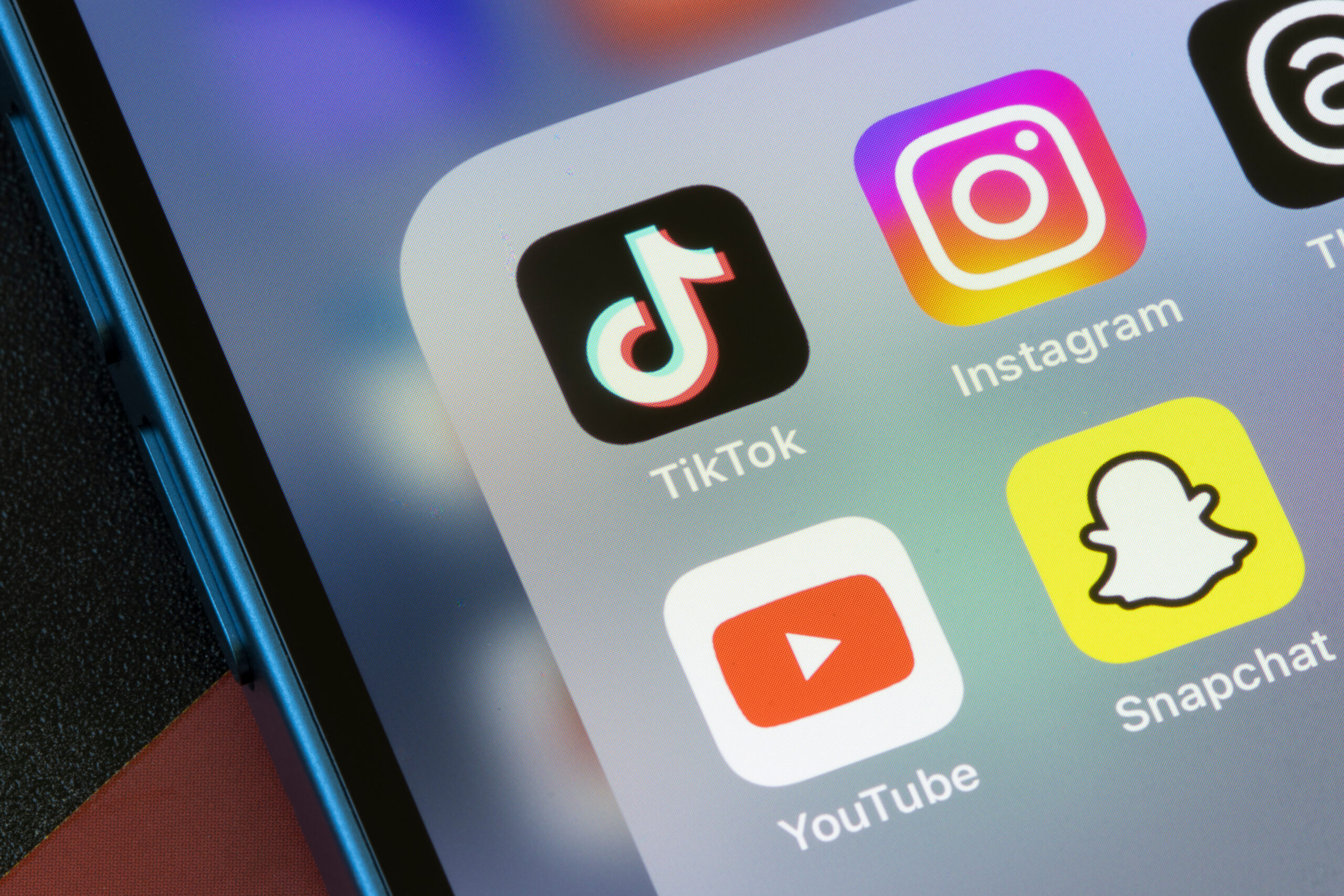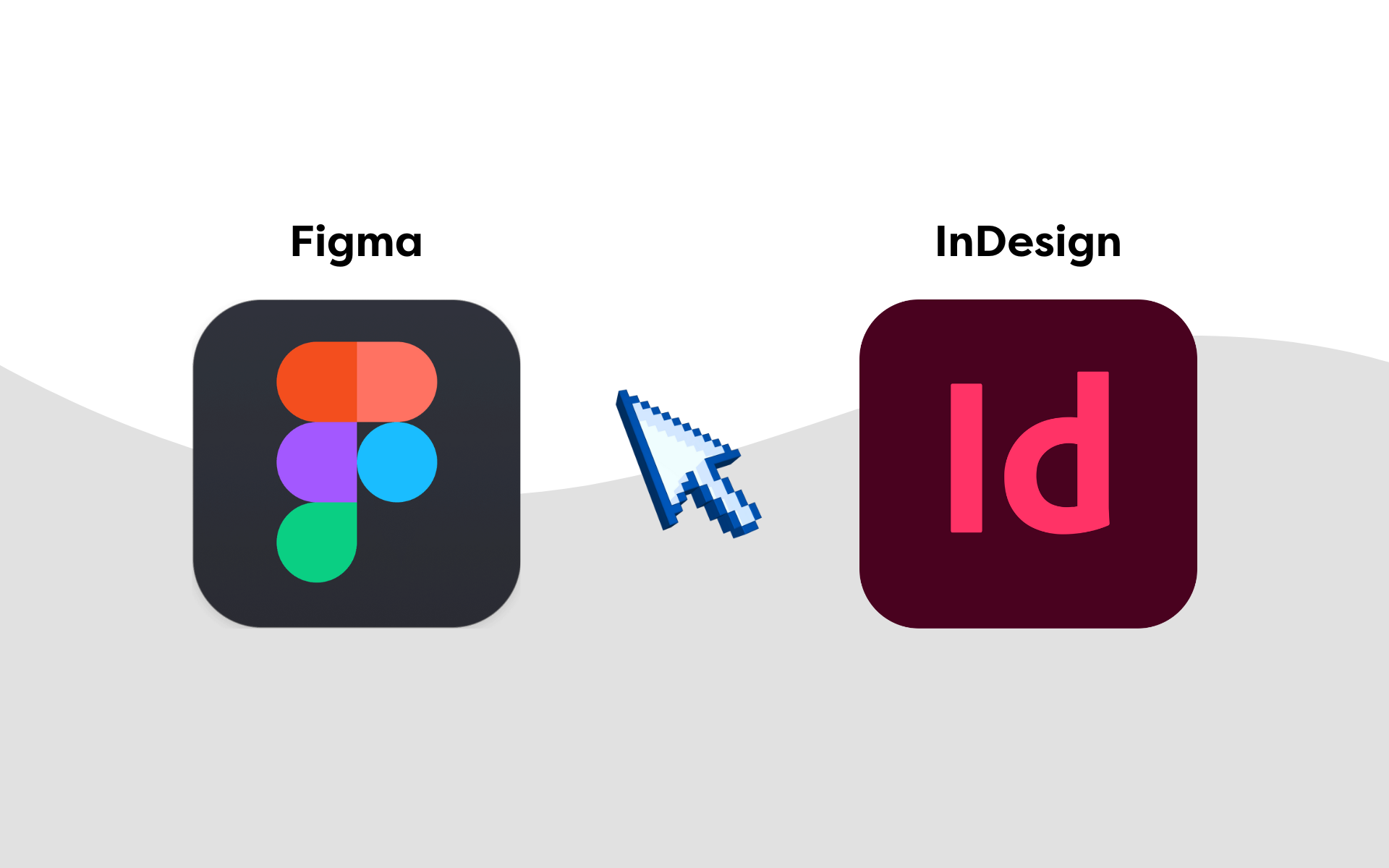People want to hear from other people. And the statistics back this up. User-generated content (UGC) is more memorable and has better engagement rates than self-promoted campaigns from brands.
If you’re not already dabbling in UGC, is it time you started? This blog looks at some of the benefits of user-generated content, examples, top tips, and where it’s headed in the future.
What is user-generated content?
User-generated content (UGC) refers to any content created by a person rather than a brand. It could be a blog post, social post, review, testimonial, or podcast.
There are three kinds of user-generated content:
- Customer
- Employee
- Influencer
Customers are the most powerful content creators because they represent a section of your target audience. These are people who buy your products and share their experiences online for other like-minded people to consume.
Leveraging your customer’s content can be incredibly powerful – we’ll come back to this later.
Employee content is similar but looks at your product from a different perspective. It’s a great way of giving your audience a behind-the-scenes look at your company.
Finally, influencers are paid by companies and brands to create and share content with their followers. Sponsored posts are less authentic than organic UGC, but it has a place in the mix.
In episode 14 of the Marketing Blabs podcast, we discuss some of the dos and don’ts of paid influencer marketing.

Why is user-generated content so important?
Who are you more likely to engage with online – a faceless corporate entity or a real person like you? People want to consume content made by (and for) other people, so it’s no wonder that UGC is highly sought-after by brands online.
Let’s look at some of the benefits of user-generated content.
Great source of assets
Having a group of customers willing to take pictures and videos of your products gives you access to a media library you might not normally be able to afford. It’s not just affordability that’s important here, but also authenticity. These are real people using your products, and you can’t put a price on that type of content.
Acts as social proof
Who do you go to if you’re looking for a product recommendation? More than ever, people are turning to social media for help finding a product – and it’s not just their friends and family they’re seeking counsel from, but the wider community that exists on social platforms.
In fact, 79% of people say that user-generated content impacts their purchasing decisions.
Word-of-mouth online
User-generated content is described as the modern-day word-of-mouth. You’ll not often overhear people talking at the bus stop these days, but you will see them waxing lyrical online about the new tech gadget that’s changed their life or their latest haul from boutiques to big-box brands.
Flexible and versatile
User-generated content has a place in the customer journey from start to finish. Take social media as an example. Posting on social media is a great way of raising brand awareness, but with the rise of the shoppable post, you can also leverage this content at the end of the journey to bag sales.
Improves conversions
Content created and promoted by users is more likely to get engagement over posts from a brand or company. According to Search Logistics, social media campaigns that use UGC get 50% more engagement and 29% higher conversion rates than those that don’t.
Drives loyalty
Engaging with your customers online drives loyalty. UGC provides an opportunity to do just that. It’s a way to reach out and directly work with your audience in a way that otherwise might not be possible.
Audience feedback is invaluable. If you’re willing to listen, you can use it to improve your products and inform your campaigns.
User-generated content examples
In this section, we’ll look at some examples of user-generated content and explore how you can use it.
Vieve make-up: ‘As seen on you’
Boutique make-up brand Vieve was created by Scottish makeup artist and female founder Jamie Genevieve. This is a brand with a real sense of community.
As a VIP member, you can earn rewards for things like writing reviews and referring people (this is a great way to incentivise people to write reviews!).
But the jewel in the crown is Vieve’s user-generated content.
The ‘As seen on you’ section on the website’s homepage is a collation of customer photos from social sites like Instagram. Click the images to see a copy of the original social post and a link to buy featured products.

Screenshot taken from: www.vieve.co.uk
MakeBox&Co: Hashtag communities
Run by husband and wife – Hannah and Brendan – MakeBox&Co is a site dedicated to all things crafty. They sell monthly subscriptions to craft boxes and everything you need to feed your love of crafts, like embroidery and cross stitch.
The company encourages customers to share photos on Instagram using the hashtag #mymakebox. The idea of forging a community where like-minded people can see what others are buying and creating is a great example of how to harness user-generated content to drive engagement.

Screenshot taken from: @jojo.glow on Instagram
GoPro Awards: customer challenges
Tech giant GoPro makes cameras notorious for capturing footage you wouldn’t believe possible. This is a brand that relies on being able to demonstrate what its cameras can do.
So, how do you lay your hands on a constant stream of quality footage you can share with your audience? You ask your customers to do it for you.
GoPro runs challenges throughout the year, inviting people to submit their videos and still images for a chance to have them featured on the GoPro channels. Entrants can also win GoPro gear and cash prizes.

Screenshot taken from: www.gopro.com
Top tips for user-generated content
Squeezing every last bit of goodness from your customer’s content should be a relatively straightforward process.
Here are our top tips for getting the most out of user-generated content.
1. Set clear guidelines
To get the best content from your customers, be clear about what you want. In the example above, GoPro has a clear set of guidelines on the type of content suitable for entry into its competitions.
From basics like using 100% GoPro footage to only using licensed music, they’re crystal clear on the type of content they can accept.
2. Ask permission first
Always ask permission before you use someone else’s content – and remember to credit the original creator. If someone tags you in a post on Instagram and you’d love to feature it on your website, drop them a note to ask first. The chances are they’ll be flattered and happy to engage with you.
Involving people in your journey is a great way of attracting brand advocates.
3. Make it easy to engage
If you want people to share their content with you (or even acknowledge your brand), then you need to make it easy. Make sure you’re findable on social platforms, and your contact details are up to date.
Hashtags aren’t the panacea of user-generated content, but they provide a quick and easy way to find your customers’ posts – something to bear in mind when you’re running social campaigns.
There are other tools out there that can help with this, such as Stackla, Flobox, and Twirl. Or get help from a social media marketing agency service, like MarketingLabs.
4. Incentivise sharing
You know the old saying ‘sharing is caring’? Today’s customers are savvy and know how valuable their content is to big brands. Caring is no longer enough in some industries!
You can sweeten the deal by offering something in return for uploading reviews and photos. In the examples above, Vieve and MakeBox & Co. offer their customers reward points for product reviews. They can use these points to spend online – a win-win for the companies involved.
What does the future of UGC look like?
User-generated content started with reviews on sites like Amazon, and it’s come a long way since then. It’s morphed into multimedia shared across social platforms, blogging sites, and YouTube. People are actively creating content on behalf of brands and willingly sharing it in return for cash, rewards, and, in some cases, notoriety.
The rise of the paid influencer looks set to continue, but what else can we expect to see?
1. More short-form video
It started with TikTok, but short-form videos have infiltrated pretty much every social platform there is, from YouTube Shorts to Instagram Reels. Long live the short-form video; this is a trend set to stay.
According to The Leap, 73% of consumers prefer to watch short-form videos to learn about a service or product.
Here are some of the ways you can capitalise on this trend.
‘How to’ tutorials: Made by customers for like-minded people (DIY tutorials work a treat in video format).
Unboxing videos: Popular with audiences across various industries (make sure your packaging is up to scratch if you want people to share their experience).
Behind the scenes: Footage shot by your employees that gives your customers a glimpse of your operations.
Sponsored posts: Video is hugely popular with paid influencers, and this trend shows no sign of slowing down.
Video testimonials: A powerful way to deliver meaningful, authentic reviews in a digestible format.
2. Rise of the micro-influencer
Before we get into why this trend is important, let’s look at the definition of a micro-influencer.
According to Sprout Social, a micro-influencer is someone with a follower count of between 10,000 and 100,000.
There are four types of influencers:
| Nano-influencers | 1k – 10k |
| Micro-influencers | 10k – 100k |
| Macro-influencers | 100k – 1m |
| Mega or celebrity influencers | 1m + |
Micro-influencers operate in niche areas and have a loyal following. Fewer people see their content, but they’re more likely to be the right people for your brand, and you’ll see a higher engagement rate.
A phone is all you need to start creating content, as Matt Janaway, CEO of Marketing Labs, explains:
“I would argue that everybody using social media is an influencer. Millions of users routinely share content as part of their daily digital lives and don’t want anything in return for doing it. Using micro-influencers is more cost-effective than mega or celebrity influencers, and in many ways, more powerful.”
3. Increased AI
AI is increasingly being used to automate processes related to user-generated content. It can be used to discover and curate content, moderate content, and analyse sentiment.
AI can identify positive, negative, or neutral sentiments in images, videos, and written posts.
It gives companies the ability to understand user feedback, monitor brand reputation, and tailor their strategy.
The final word on user-generated content
User-generated content is authentic in a way that brands can’t replicate. There’s no denying that brands posting on social media are there to make money, and their audience is acutely aware of it.
Users who post because they’re passionate about a product, service, or subject are active online because they want to be – not because they have to be.
Their posts provide genuine social proof that your products are as good as you say they are.
And that’s worth harnessing!
If you’ve enjoyed reading this article, you might also like our post on UGC and SEO.






